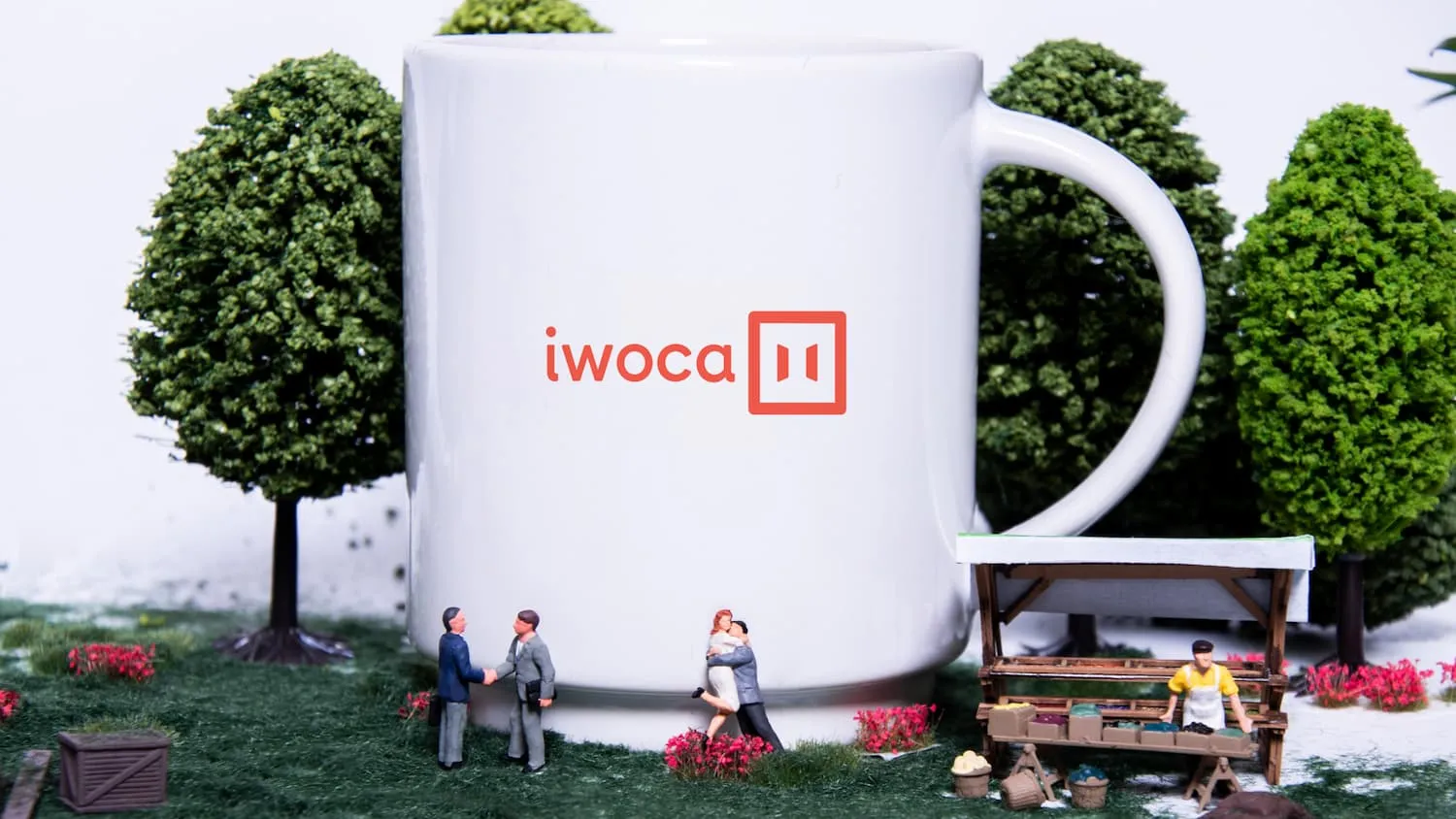What are commercial refurbishment loans?
Commercial refurbishment loans are a type of financing specifically designed to support property owners and investors in their renovation projects for commercial properties. Whether you’re aiming to upgrade an office building, retail space, or industrial property, a commercial refurbishment loan can be the ideal solution to cover the costs.
When it comes to commercial properties, regular maintenance and upgrades are essential to keep up with the ever-changing market demands. However, these renovations can often be costly, requiring a significant amount of capital. This is where commercial refurbishment loans come into play.
With a commercial refurbishment loan, property owners and investors can access the necessary funds to carry out extensive renovations and improvements. These loans are specifically tailored to meet the unique needs of commercial property projects, providing flexible repayment terms and competitive interest rates.
One of the key advantages of commercial refurbishment loans is that they allow property owners to enhance the value of their assets. By investing in renovations, commercial properties can attract higher-quality tenants, command higher rental rates, and ultimately increase their overall market value.
Moreover, commercial refurbishment loans can also help property owners and investors stay competitive in the market. With the constant evolution of commercial spaces, it is crucial to keep up with the latest trends and technologies. By using a refurbishment loan, property owners can transform their properties into modern, efficient, and attractive spaces that meet the demands of today's businesses.
Another benefit of commercial refurbishment loans is that they offer flexibility in terms of project scope. Whether you're planning a minor facelift or a complete overhaul, these loans can provide the necessary funds to bring your vision to life. From cosmetic upgrades such as painting and flooring to structural changes like adding new partitions or expanding the floor area, a commercial refurbishment loan can cover a wide range of renovation expenses.
It is important to note that commercial refurbishment loans are typically secured loans, meaning that the property itself serves as collateral. This provides lenders with a level of security, which in turn allows borrowers to access larger loan amounts and more favourable terms.
In conclusion, commercial refurbishment loans offer property owners and investors a valuable financial tool to undertake renovation projects for their commercial properties. With the ability to access the necessary funds, enhance property value, stay competitive, and achieve their vision, these loans play a crucial role in the success of commercial property ventures.
Loans for property refurbishment
Property refurbishment loans, in general, are a form of financing that provides the necessary funds to carry out renovations and improvements on various types of properties. These loans can be instrumental in helping property owners and investors turn outdated or dilapidated buildings into desirable, high-value assets.
When it comes to property refurbishment, there are several key factors to consider. Firstly, it is important to assess the current condition of the property and identify the areas that require renovation. This could include anything from structural repairs to cosmetic upgrades such as new flooring or paint. A thorough evaluation will help determine the scope of work and the estimated costs involved.
Once the refurbishment plan is in place, property owners can explore different financing options to fund the project. Property refurbishment loans are specifically designed to cater to the unique needs of renovation projects. These loans typically offer flexible repayment terms and competitive interest rates, making them an attractive choice for property owners looking to revitalise their assets.
One of the advantages of property refurbishment loans is that they can be used for a wide range of renovation purposes. Whether it's a residential property, commercial building, or even a heritage site, these loans can provide the necessary funds to transform the property and enhance its value. From upgrading outdated electrical systems to installing modern fixtures and fittings, property refurbishment loans can cover all aspects of the renovation process.
Furthermore, property refurbishment loans can also be beneficial for property investors. By acquiring a property in need of refurbishment and securing a loan for the renovation, investors can add value to the property and potentially increase its rental income or resale value. This can be a lucrative strategy for investors looking to maximise their returns in the real estate market.
It is worth noting that property refurbishment loans may require certain documentation and approvals before the funds are disbursed. Lenders typically assess the viability of the renovation project and the borrower's ability to repay the loan. This may involve providing detailed renovation plans, cost estimates, and financial statements. It is important for property owners and investors to have a well-prepared proposal to increase their chances of securing the loan.
In conclusion, property refurbishment loans are a valuable tool for property owners and investors looking to transform outdated or dilapidated buildings into profitable assets. These loans provide the necessary funds to carry out renovations and improvements, allowing properties to reach their full potential. Whether it's a residential property or a commercial building, property refurbishment loans offer flexible financing options and can be a smart investment strategy in the real estate market.
Refurbishment loan
A refurbishment loan, as the name suggests, is a loan product specifically tailored to finance renovation projects. It offers borrowers the required funds to cover not only the cost of materials and labour but also any additional expenses incurred during the refurbishment process. These loans are typically designed to be short-term, allowing borrowers to complete their property renovations and then either sell or refinance the property for a profit.
Residential refurbishment loan vs commercial refurbishment loan
While residential refurbishment loans focus on funding renovations for residential properties, commercial refurbishment loans are designed for the renovation of commercial properties such as office buildings, retail spaces, or industrial facilities. The eligibility criteria and loan terms may vary depending on the type of property being renovated, so it's important to understand the distinctions between the two.
Bridging loans refurbishment
A bridging loan for refurbishment projects can be a useful financing option for property investors looking to bridge the gap between the purchase and renovation of a property. This type of loan allows borrowers to secure short-term funding, typically for up to 12 months, to cover the costs of purchasing a property and carrying out the necessary refurbishments.
What types of works are acceptable when using a property refurbishment loan?
Property refurbishment loans can typically be used for a wide range of renovation works, including but not limited to:
- Structural repairs and modifications
- Installing or upgrading heating, ventilation, and air conditioning (HVAC) systems
- Electrical rewiring and upgrades
- Plumbing and bathroom renovations
- Kitchen upgrades
- Roof repairs or replacements
- Exterior and interior painting
These loans are designed to provide the flexibility to finance various types of refurbishment projects, allowing borrowers to create a space that meets their specific needs and preferences.
What’s the difference between light refurbishment and heavy refurbishment?
When it comes to property refurbishment, it’s essential to understand the distinction between light refurbishments and heavy refurbishments. Light refurbishments typically refer to minor cosmetic improvements such as redecorating, minor fixings, and upgrades. On the other hand, heavy refurbishments involve more substantial modifications and renovations, including structural changes, electrical and plumbing work, and substantial refurbishments throughout the property. The type of refurbishment you plan to undertake will impact the financing options available to you.
What are the key features of refurbishment finance?
Refurbishment finance offers several key features that make it an attractive option for property investors:
- Flexible loan amounts: Refurbishment loans can typically be tailored to suit the specific cost requirements of each project.
- Interest-only repayments: During the refurbishment period, borrowers often have the option to make interest-only repayments, reducing financial strain.
- Stage payments: Refurbishment finance is often released in stages, allowing borrowers to access funds for each phase of the renovation process.
- Quick approval process: Speed is often of the essence in property refurbishment projects, and refurbishment finance providers understand this, aiming to provide swift loan approvals.
What are the refurbishment finance lending criteria?
While refurbishment finance providers may have their own unique lending criteria, some common factors considered during the application process include:
- The borrower's creditworthiness and financial history
- The property valuation and potential after-refurbishment value
- The borrower's experience and track record in property investment or refurbishment projects
- A solid and viable exit strategy
- By carefully considering these factors, refurbishment finance providers can assess the project's feasibility and determine the loan terms and conditions most suitable for the borrower.
What information will I need to provide?
When applying for a property refurbishment loan, you will typically be required to provide the following information:
- Details about the property being refurbished, including its current condition
- A detailed breakdown of the planned refurbishment works and associated costs
- Financial information, including your income, assets, and any existing debts
- Personal identification documents and proof of ownership of the property
Having this information prepared and organised before applying for a refurbishment loan can help streamline the application process and increase your chances of approval.
What is an ‘exit strategy’?
An 'exit strategy' refers to the borrower's plan for repaying the refurbishment loan at the end of the agreed loan term. This strategy may involve selling the property, refinancing with a longer-term mortgage, or other viable options. A robust and credible exit strategy is crucial in securing a refurbishment loan, as it provides assurance to the lender that the funds will be repaid on time.
What fees are involved in refurbishment finance loans?
When obtaining a refurbishment finance loan, it's important to be aware of the potential fees involved. While specific fees may vary depending on the lender and loan terms, some common fees include:
- Arrangement fees: These cover the costs of setting up the loan and are typically a percentage of the loan amount.
- Exit fees: Charged when the loan is repaid or when the property is sold or refinanced.
- Interest charges: These are based on the loan's interest rate and are ongoing for the duration of the loan term.
Before finalising a refurbishment finance loan, it's important to carefully review and understand all the fees associated with the loan to ensure they align with your budget and investment goals.
Property refurbishment loans provide a crucial financial lifeline for property owners and investors looking to transform outdated or dilapidated properties into desirable assets. By understanding the various types of refurbishment loans available, the acceptable works covered, the lending criteria, and the associated fees, borrowers can confidently embark on their renovation projects with the necessary funding and a clear plan for success.














